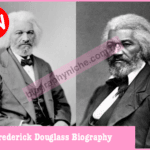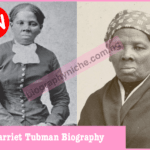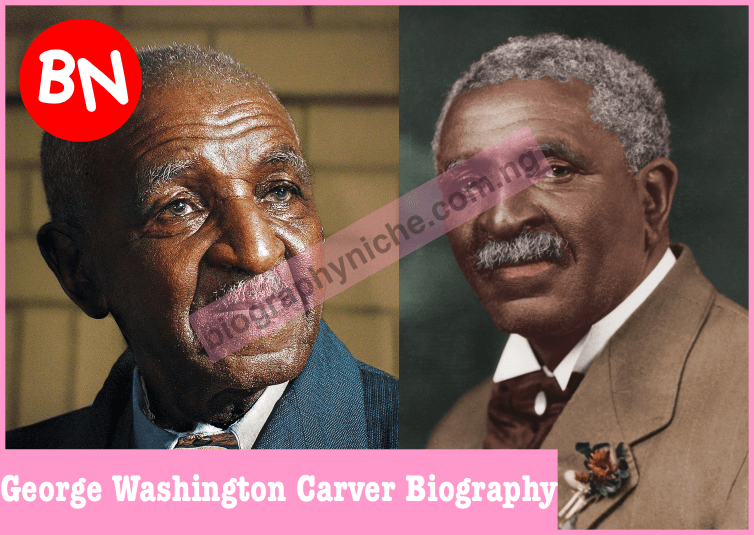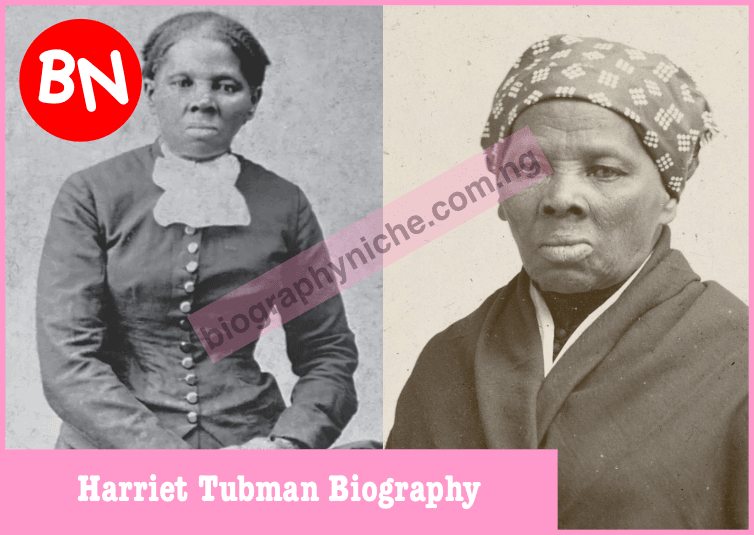Gordon Parks Biography – Explore the life and legacy of Gordon Parks, a pioneering African American photographer, filmmaker, and author. Learn about his net worth, age, notable works in photography and film, published books, and intriguing facts about his multifaceted career.
Gordon Parks was a trailblazing American photographer, filmmaker, writer, and musician whose work profoundly impacted the arts and civil rights movements. Born into poverty and segregation, Parks rose to prominence through his compelling visual storytelling and became a significant figure in American culture. His legacy encompasses a vast array of artistic achievements, from iconic photographs to groundbreaking films and literature.
Gordon Parks Biography: Personal Information
| Field | Details |
|---|---|
| Name | Gordon Roger Alexander Buchanan Parks |
| Profession | Photographer, Filmmaker, Author, Musician |
| Nationality | American |
| Date of Birth | November 30, 1912 |
| Date of Death | March 7, 2006 (aged 93) |
| Notable Works | “American Gothic” (photograph), “The Learning Tree” (film and novel), “Shaft” (film) |
| Awards | National Medal of Arts (1988), Spingarn Medal (1972) |
| Net Worth | Estimated between $1 million and $5 million at the time of his death |
| Education | Self-taught in photography and filmmaking |
| Marriages | Married and divorced three times; spouses: Sally Alvis, Elizabeth Campbell, Genevieve Young |
| Children | Four, including Gordon Parks Jr. |
Key Takeaways
- Pioneering Artist: Gordon Parks was the first African American staff photographer for Life magazine and the first to direct a major Hollywood film.
- Iconic Works: His photograph “American Gothic” and the film “Shaft” are among his most celebrated creations.
- Literary Contributions: Parks authored several books, including the semi-autobiographical novel “The Learning Tree.”
- Musical Talent: Beyond visual arts, he was a skilled pianist and composer.
- Civil Rights Advocate: His work often highlighted issues of race, poverty, and social justice in America.
Early Life and Education
Born on November 30, 1912, in Fort Scott, Kansas, Gordon Parks was the youngest of fifteen children in a tenant farming family. He grew up in poverty and faced the harsh realities of racial segregation from an early age. After his mother’s death when he was fourteen, Parks left home and navigated a series of challenges, including homelessness and various menial jobs. Despite lacking formal education in the arts, he was determined to find his path. At the age of 25, inspired by photographs of migrant workers, Parks purchased his first camera from a pawnshop and taught himself the craft, marking the beginning of his illustrious career.
Career and Achievements
Photography
Gordon Parks’ entry into professional photography began with fashion assignments, but his talent soon led him to more profound subjects. In 1941, he joined the Farm Security Administration (FSA), where he captured poignant images of American life during the Great Depression. His 1942 photograph “American Gothic,” depicting a Black woman standing before an American flag with a mop and broom, became an iconic representation of racial injustice. In 1948, Parks became the first African American staff photographer for Life magazine, where he produced powerful photo essays on topics such as gang life in Harlem and the civil rights movement.
Filmmaking
Transitioning to cinema, Parks broke new ground as the first African American to direct a major Hollywood film. In 1969, he adapted his semi-autobiographical novel “The Learning Tree” into a feature film, serving as writer, director, and composer. He gained further acclaim with the 1971 film “Shaft,” a pioneering work in the Blaxploitation genre that featured a cool, savvy Black detective. These films not only showcased Parks’ versatility but also opened doors for future Black filmmakers in Hollywood.
Literary Works
Parks was also a prolific writer, authoring numerous books throughout his life. His notable works include:
- “The Learning Tree” (1963): A semi-autobiographical novel exploring the life of a Black teenager in Kansas, which he later adapted into a film.
- “A Choice of Weapons” (1966): A memoir detailing his journey from poverty to becoming a renowned photographer and filmmaker.
- “Voices in the Mirror” (1990): An autobiography reflecting on his personal and professional experiences.
These publications offer insight into his perspectives on race, art, and society.
Music and Other Endeavors
In addition to his visual and literary contributions, Parks was an accomplished musician. He composed music for his films and even wrote a ballet titled “Martin,” dedicated to Martin Luther King Jr. His multifaceted talents underscored his status as a true Renaissance man.
Personal Life
Gordon Parks’ personal life was as dynamic as his professional one. He was married and divorced three times, with spouses including Sally Alvis, Elizabeth Campbell, and Genevieve Young. He had four children, one of whom, Gordon Parks Jr., followed in his footsteps as a filmmaker but tragically died in a plane crash in 1979. Parks’ life was marked by both profound achievements and personal losses, all of which influenced his artistic vision.
Net Worth
Gordon Parks had an estimated net worth of between $1 million and $5 million at the time of his passing in 2006. His wealth was accumulated through his prolific career in photography, filmmaking, writing, and music. Parks’ work with Life magazine, his contributions to Hollywood, and the sales of his books and photographs contributed significantly to his financial success. Despite facing racial and economic barriers early in his life, he built a legacy that remains invaluable in the art and media industries. His iconic photographs, books, and films continue to generate revenue, and his estate manages his intellectual property, ensuring his work remains influential for future generations.
Legacy and Impact
Gordon Parks’ impact on American culture is immeasurable. He used his artistic talents to challenge racial and social injustices, opening doors for future Black artists and filmmakers. His work continues to be studied in academic institutions, and exhibitions of his photographs are regularly held worldwide.
The Gordon Parks Foundation, established to preserve his legacy, promotes artistic and educational initiatives inspired by his work. His contributions to civil rights photography remain a crucial part of American history, providing visual narratives of inequality, resilience, and progress. Today, Parks is remembered as a trailblazer who shattered barriers in multiple industries, leaving an indelible mark on photography, film, and literature.
Conclusion
Gordon Parks was not just an artist but a revolutionary figure whose work transformed American culture. From capturing the struggles of African Americans through photography to directing groundbreaking films and authoring influential books, Parks proved that creativity is a powerful tool for change. His journey from poverty to becoming a world-renowned artist is a testament to perseverance and talent. Today, his legacy continues to inspire photographers, filmmakers, and writers who seek to tell impactful stories.
FAQs About Gordon Parks Biography
What is Gordon Parks best known for?
Gordon Parks is best known for his work as a photographer for Life magazine, his iconic photograph “American Gothic,” and directing the film Shaft, which helped pioneer the Blaxploitation film genre.
Did Gordon Parks write any books?
Yes, Gordon Parks wrote several books, including The Learning Tree, A Choice of Weapons, and Voices in the Mirror, among others.
What was Gordon Parks’ contribution to the civil rights movement?
Parks used his photography and filmmaking to highlight racial injustice, poverty, and social issues affecting African Americans. His images were instrumental in shaping public perception during the civil rights movement.
What was Gordon Parks’ net worth at the time of his death?
At the time of his death in 2006, Gordon Parks’ net worth was estimated to be between $1 million and $5 million.
Where can I see Gordon Parks’ work today?
Gordon Parks’ photographs and films are displayed in museums, art galleries, and exhibitions worldwide. The Gordon Parks Foundation also works to preserve and showcase his legacy through various initiatives.
 Wiki, Achievements" loading="lazy" width="180" height="120">
Wiki, Achievements" loading="lazy" width="180" height="120">











